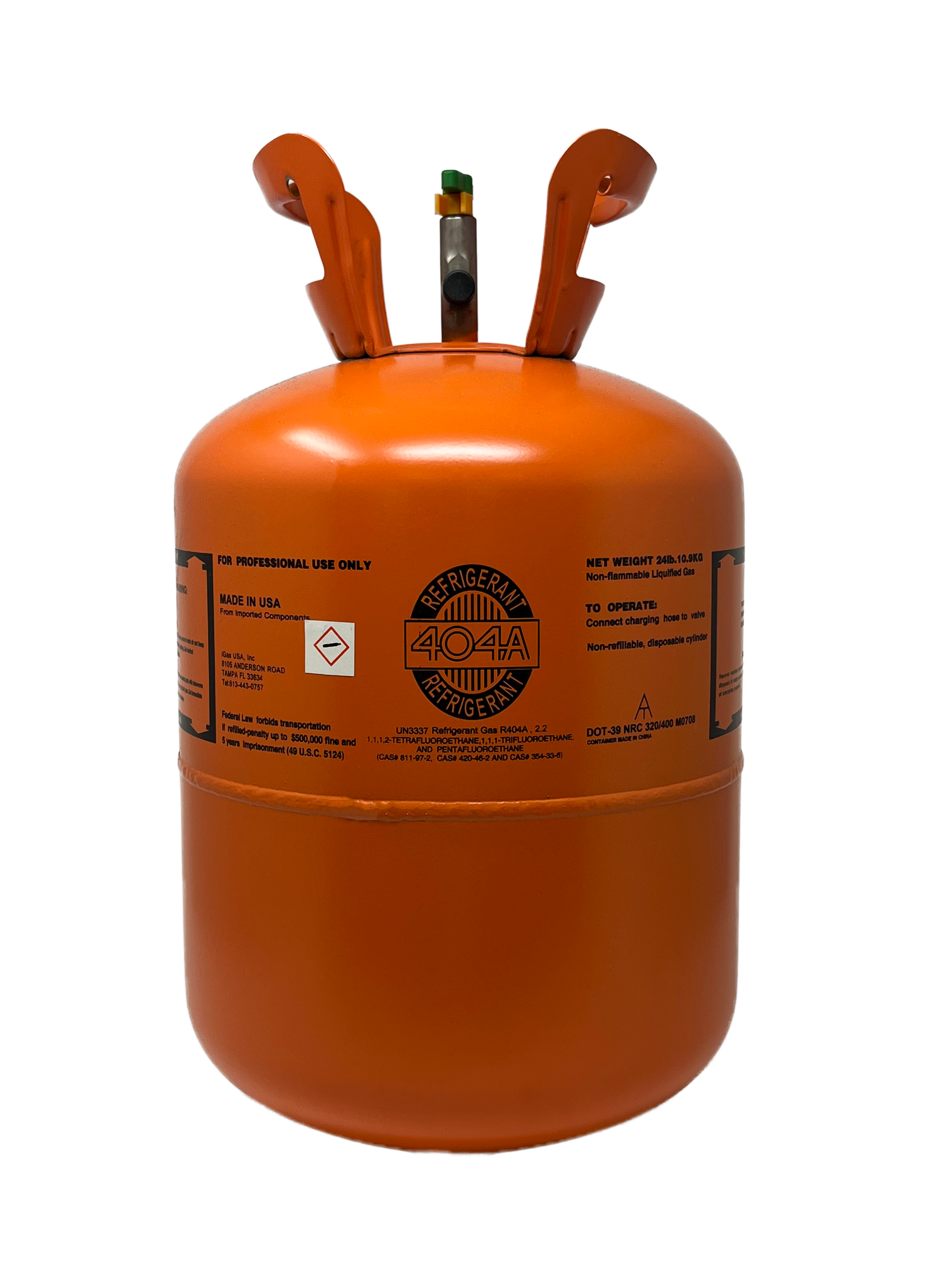
R-22 Refrigerant
R-22 has been the dominant refrigerant in residential and commercial air conditioning and large chillers for air conditioning and industrial process cooling and for medium and low-temperature commercial refrigeration applications.
R-22 has been the dominant refrigerant in residential and commercial air conditioning and large chillers for air conditioning and industrial process cooling and for medium and low-temperature commercial refrigeration applications. It can also be used as an aerosol propellant for pesticide and paint, or as a fire extinguishing agent. It is a primary feedstock for fluoropolymers.
R-22 has been subject to reduced production and restriction in new equipment since 2010, and production of the refrigerant is to end in 2020. The use of R-22 is allowed until the supply has been depleted. R-22 is non toxic and non flammable meeting the highest A1 Classification.
| ASHRAE Standard 34 Safety Rating | A1 |
| Critical Density (Lb/Ft³) | 32.7 |
| Critical Pressure (psia) | 723.7 |
| Critical Temperature ( Deg. F) | 205.1 |
| Heat of Vaporization (bp, BTU/Lb.) | 100.5 |
| Liquid Density (70 F, Lb/Ft³) | 75.27 |
| Molecular Weight | 86.5 |
| Refrigerant | R22 |
| Vapor Density (bp, Lb./Ft³) | 0.29 |


